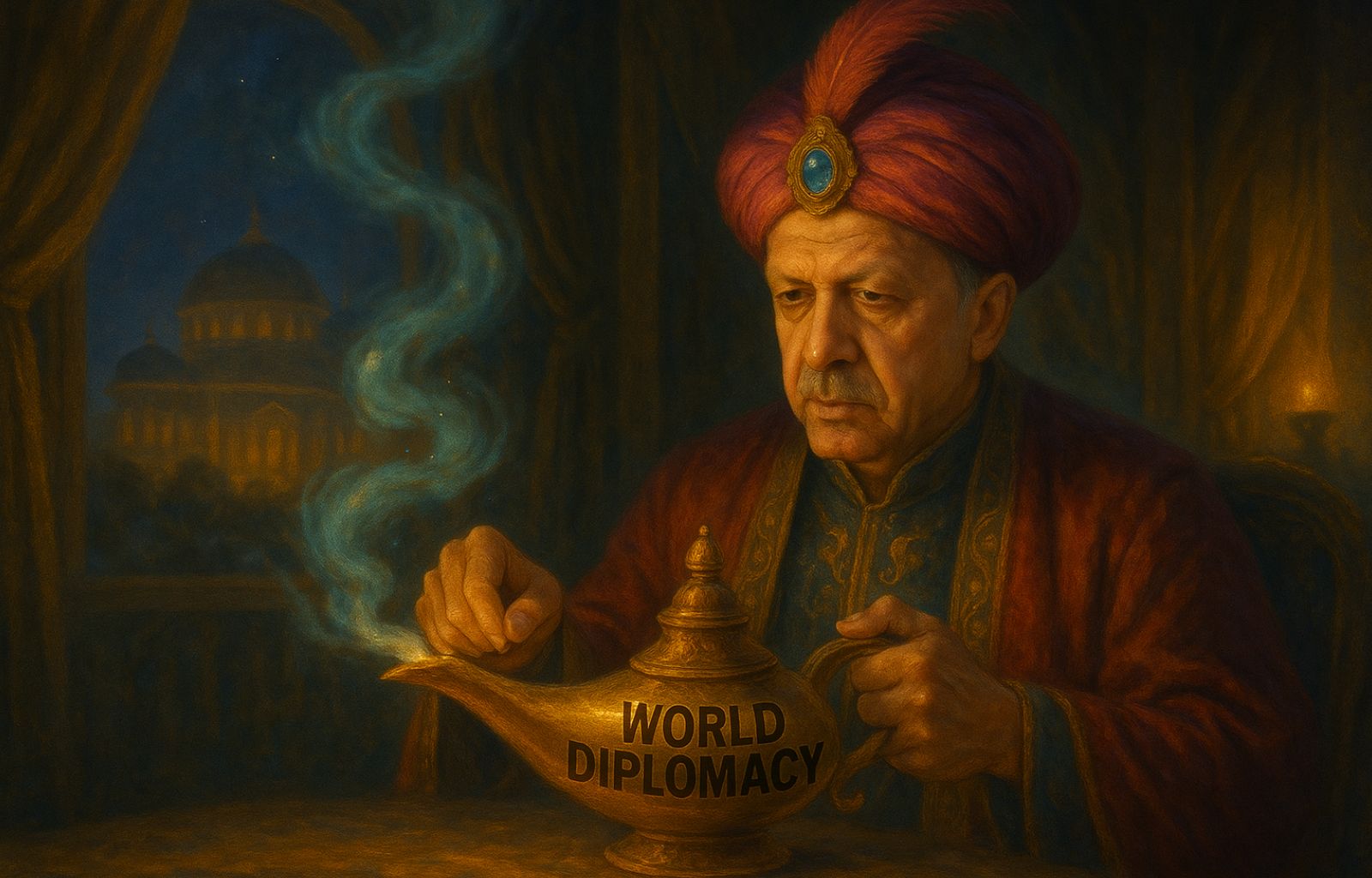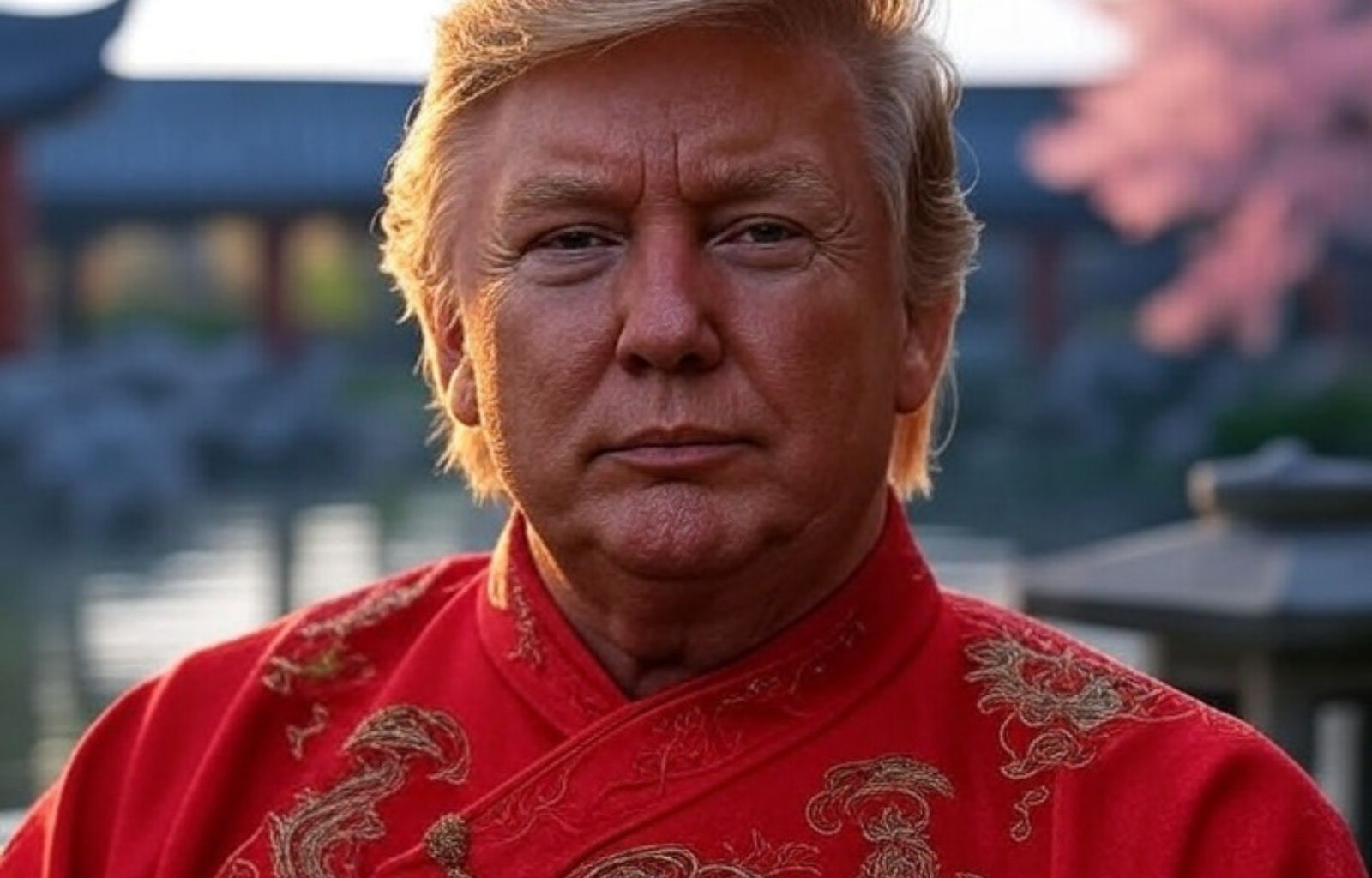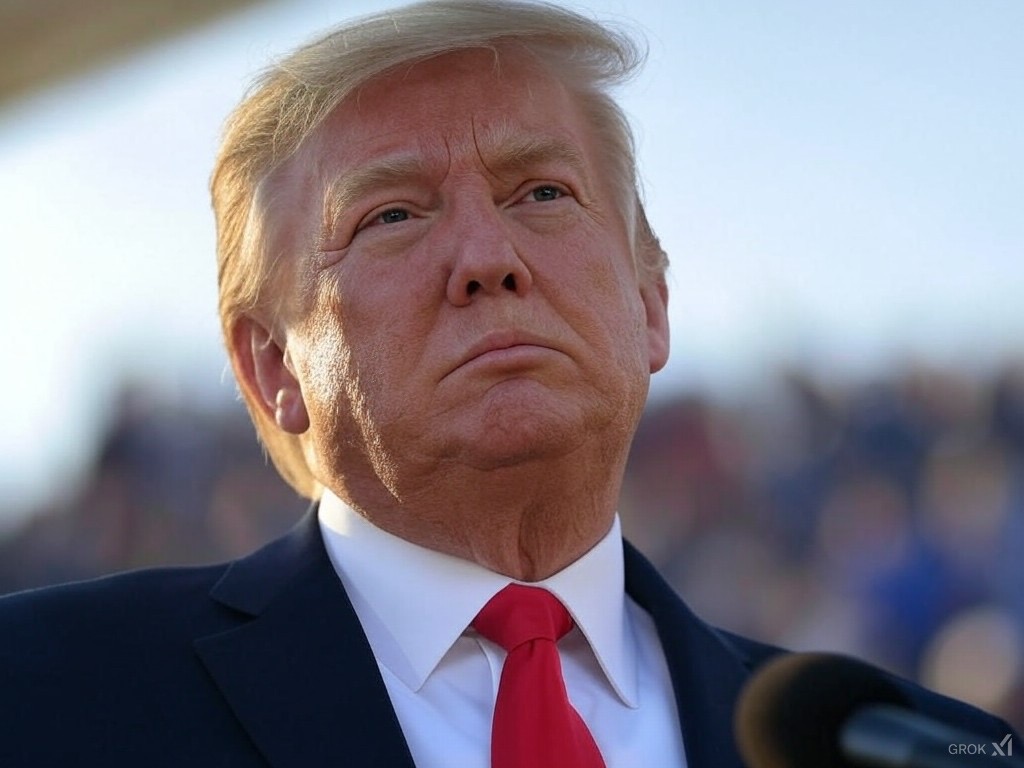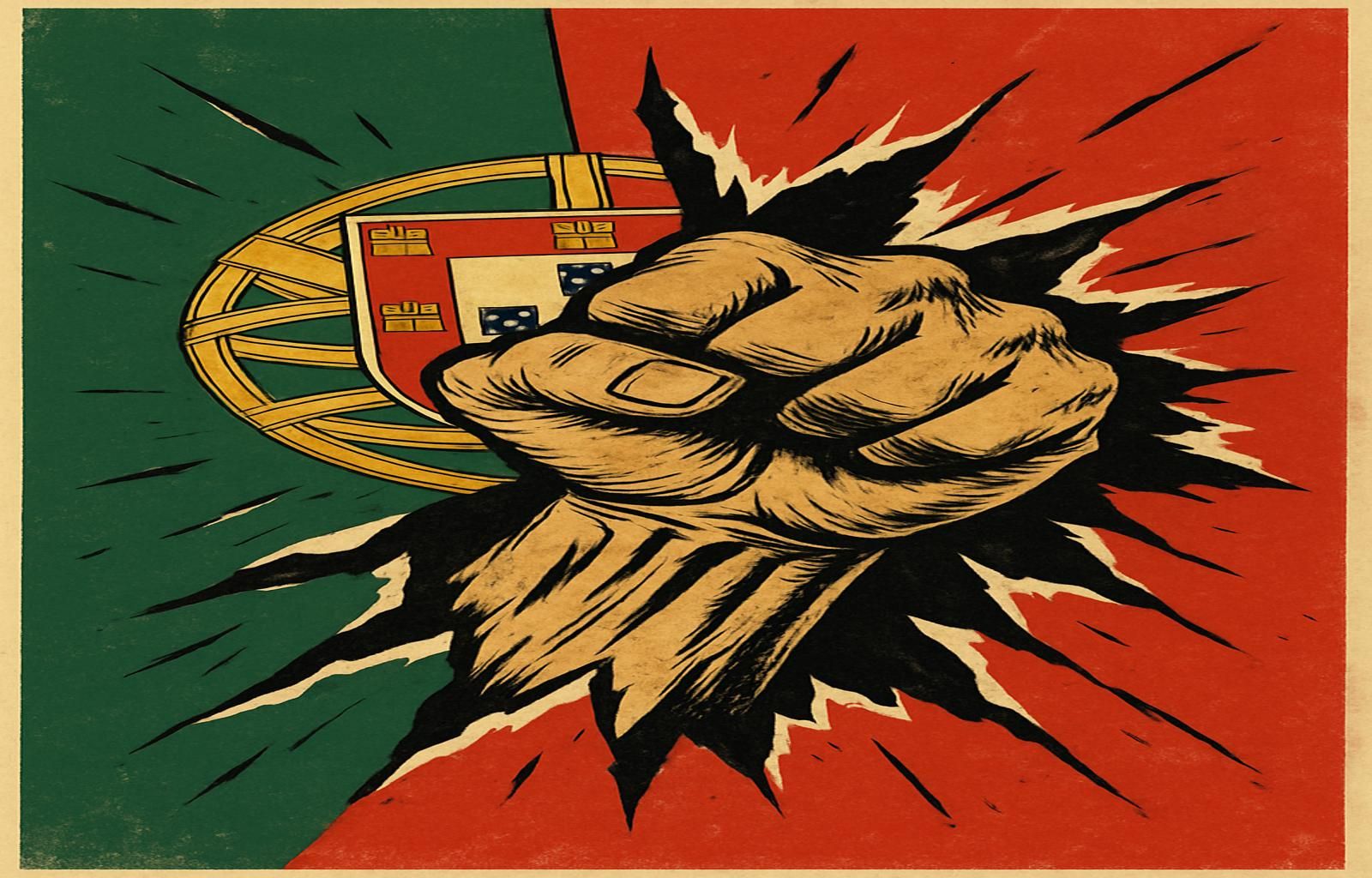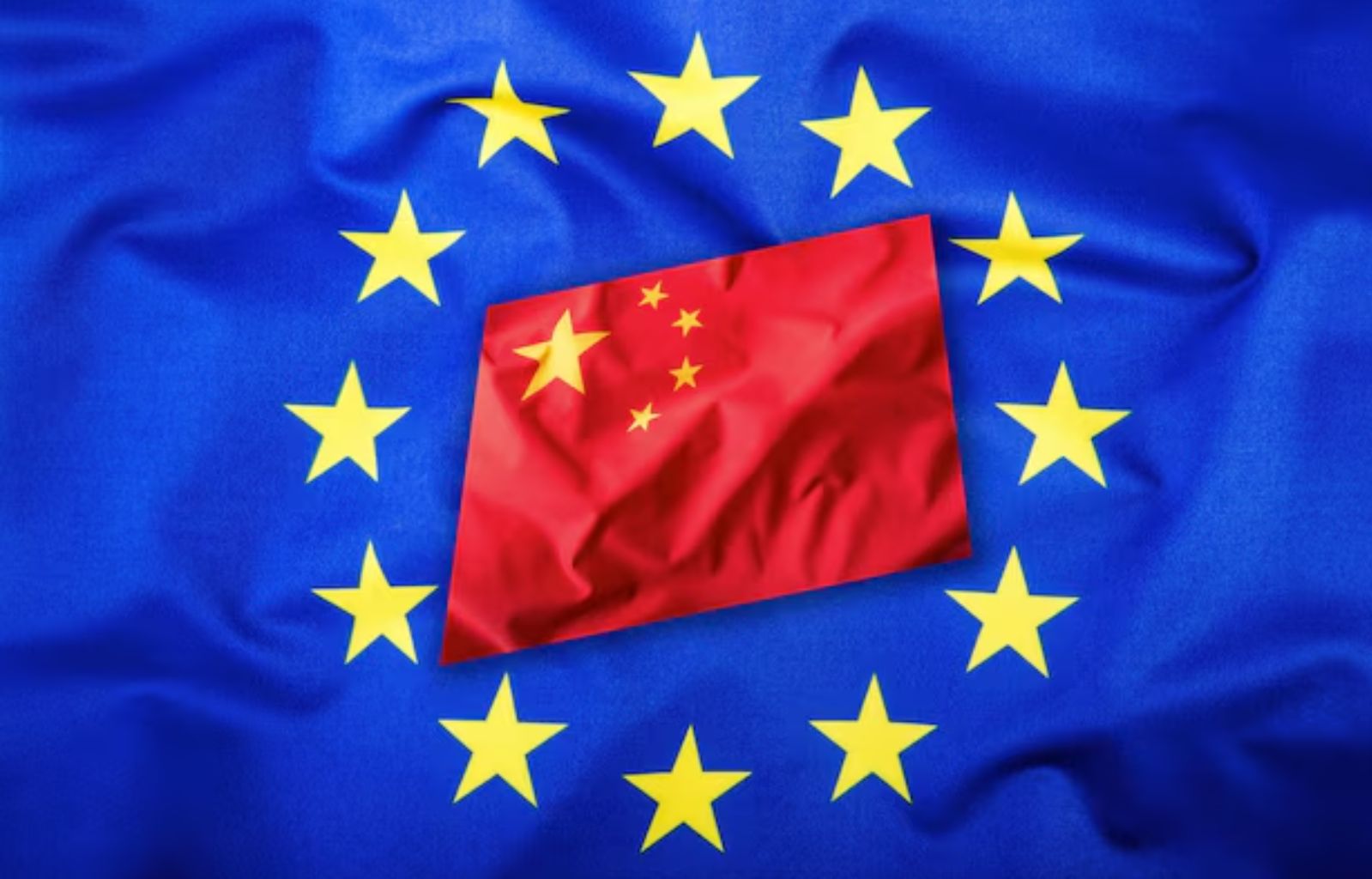Geopolitics of chips: how technology obeys politics
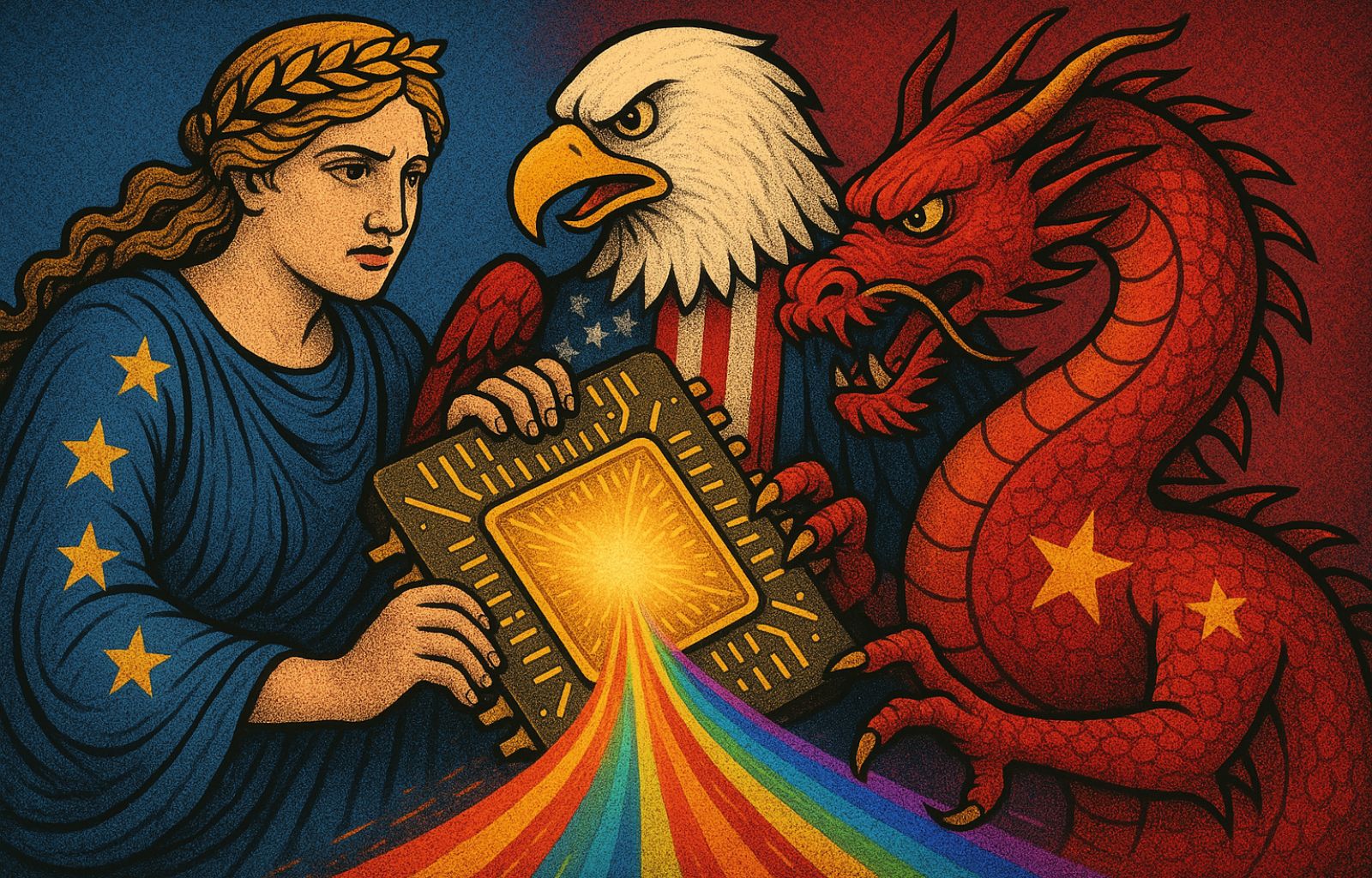
In the 21st century, technology is no longer just an economic or industrial sector: it has become the central battleground of global geopolitics.Artificial intelligence, semiconductors, chip production, 5G networks and supercomputers are the new strategic assets, comparable in importance to the oil, gas and sea routes of centuries past. The challenge between the US and China is no longer a simple race for technological supremacy: it is a hegemonic competition to rewrite the rules of power, throughinnovation, regulation and public narrative. In this new order, every chip is a political choice, every algorithm a potential vector of influence.
Nvidia ‘s recent launch of a line of ‘depowered’ chips for the Chinese market is a case in point. To circumvent US restrictions on technology exports to China, the company designed new performance-limited models, seeking a compromise between obedience to the White House and presence in the Chinese market. This episode reveals the end of the ‘global technology’ era: a new fragmented paradigm is emerging, in which technology is geopolitically conditioned, politically filtered and communicatively oriented.
Strategy and silicon: how politics got its hands on technology
Nvidia ‘s decision to reduce the power of its AI chips destined for China is not just a technical compromise, but a geopolitical balancing act. The restrictions imposed by the United States – first by the Biden administration, now reinforced by the aggressive approach of Donald Trump, who has returned to the presidency – force companies to navigate a stormy sea between commercial interests and political constraints. The GPU giant, the beating heart of the most advanced AI applications, has therefore opted for a modular strategy: introducing chips like theH20, depowered to stay below the limits set by the Bureau of Industry and Security.
This highlights a paradox: the West seeks to preserve its competitive advantage, but in doing so cedes control of innovation to the nation states. The free market is suspended, competition restricted,innovation regulated. Every GPU becomes a diplomatic gesture. It is not just a matter of curbing the Chinese rise, but of turning every technical choice into a political statement of intent.
Within this framework, corporate communication also changes shape. Nvidia does not simply announce a new product: it manages a geopolitical message. Every technical specification becomes a compromise with the rules of power. And in the end, every hardware update is also a rearrangement of international relations.
The balance between innovation and political obedience is therefore fragile. For now, Nvidia – like other American companies – is trying to preserve access to the world’s largest market without breaking its own country’s rules. But how long can this balance last? And above all, what costs does it entail?
China, for its part, is not standing idly by. Thetechnological humiliation represented by receiving a ‘secondary’ product has a mobilising effect. The Chinese authorities have increased strategic funding to the sector, incentivised in-house talent training and built parallel supply chains. The answer is systemic: technology is sovereignty.
China vs. USA: two markets, two strategic cultures
Understanding the depth of these tensions requires a broader comparison of the technology models of the two main players. The United States operates in a competitive logic, where innovation is driven by a competitive ecosystem, fuelled by venture capital and a culture of innovative individualism. The federal government intervenes as a regulator, but rarely as a direct planner.
China, on the other hand, adopts a state and systemic perspective. For Beijing, technology is an instrument of national power, embedded in a centralised vision where Party, State and business operate as one.
Chips are not just devices: they are strategic levers. Thetechnological self-sufficiency sought by Xi Jinping, accelerated by the tariff wars, translates into colossal investments in domestic semiconductor production.

Communication also reflects this difference. In the US, tech CEOs are public actors: they testify before Congress, give interviews, become icons. In China, the narrative is vertical, embedded in the system. Technology is presented as a collective tool, never as a product of the individual.
The conflict is not only industrial: it is symbolic. Does Washington want to block China’s ability to build advanced AI models? Beijing responds by increasing sovereign investment, creating parallel start-ups and attracting Western talent.
In this low-intensity war, data is the new oil, but it is the narrative that defines power.
Finally, the lack of a strong and autonomous European actor completes the picture.Europe has no strategic technology school. It does not produce GPUs, it does not control the flow of global data, it does not dictate the ethical protocols of AI. Its decisions are often reactive, never proactive. BetweenChinese systemic expansion and US tech-populism, Europe remains a passive user.
A Europe in distress: absent in the technology war
In the face of this strategic duel between the United States and China, Europe appears marginal. Although the old continent still represents one of the most advanced industrial poles in the world, it does not have an autonomous technological school in the semiconductor sector, nor a clear strategic vision. Recent attempts – such as the European Chips Act – are still too timid, poorly financed and incapable of guaranteeing technological sovereignty.
Against this backdrop, the EU’s insipience appears dramatic. The dependence on external suppliers (both American and Asian), the lack of a coordinated plan for sovereign digitisation, and theabsence of true European champions in the AI sector make the continent a crock pot among iron pots.
In terms of political communication, Brussels and the European capitals also seem to be lagging behind. The strategic narrative of technology is absent. Europe continues to treat innovation as an administrative, regulatory issue rather than a geopolitical power asset. And this limits the continent’s ability to influence not only the market, but also the symbolic and value-based regulation of technology.
It is not surprising, then, that European companies remain spectators in the chip war. None of the global big tech is European. No European country controls a complete semiconductor supply chain. And the continent’s major industrial players – from ASML in the Netherlands to STMicroelectronics in France and Italy – operate as links in global chains controlled by others.

The risk is to be squeezed between the two hegemonic powers, unable to dictate the agenda, forced to transpose standards and chase innovations thought up elsewhere. In a technological war, irrelevance is a form of defeat. The one that stings the most.
In an international system increasingly defined by the ability to codify power through innovation, technology has ceased to be a subset of the economy. It has become the operational lexicon of sovereignty. Chips are no longer ‘components’: they are signs, geopolitical markers, signalling structures of the international hierarchy. And the fact that governments define what can be sold, built, shared, is a sign that globalisation has technicalised, but has by no means democratised.
Companies are no longer just market-driven. They are governed by state interests, even when disguised as private actors. Silicon Valley neutrality no longer exists: every algorithm is a statement of intent. Every digital architecture is an ideological positioning. Every chip is a brick in the construction of an order. And those who do not have their own national technological school, like Europe, are forced to play with other people’s tools, on tables decided by others, with rules written elsewhere.
What is at stake, then, is not just technological competitiveness, but the very right to exist as an autonomous power in the emerging multipolar world. For this reason, digital sovereignty – much evoked but rarely practised – is destined to become the true test of the democratic West’s political credibility.

